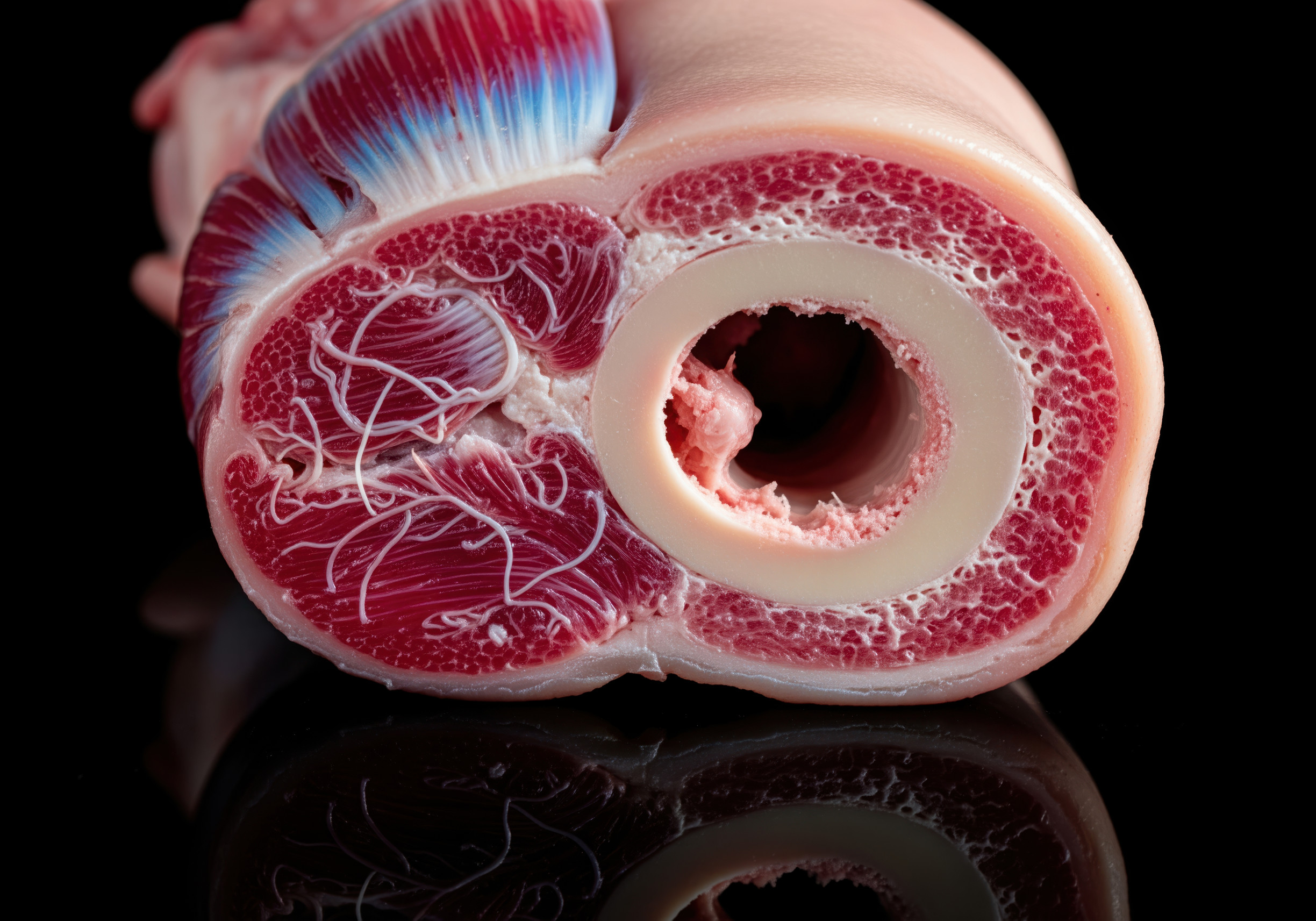You may be familiar with the Tasmanian devil from silly cartoons, but in real life, the story is much more serious. The Tasmanian devil is classified as an endangered species, and their numbers have dwindled over the past two decades in their home island state of Tasmania.
In an effort to boost populations of this special creature, which is known for a high-pitch squeal, conservation groups have released 26 of the mammals into a large sanctuary just north of Sydney. This marks the first time in 3,000 years that Tasmanian devils are living on mainland Australia.
The animals will be living in a 1,000-acre fenced sanctuary, but will not be supplied food, water, or shelter in order to mimic more natural conditions. The idea is that while conservationists will be able to keep an eye on them within the sanctuary, it will be up to the “devils to do what they do.”
The hope is that these young, healthy Tasmanian devils will be ready for the breeding season, which starts in February. Over the next two years, another 40 Tasmanian devils will be released into the sanctuary.











